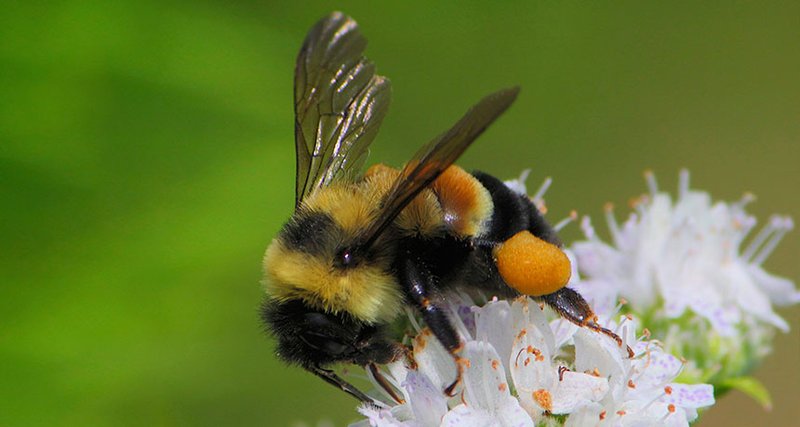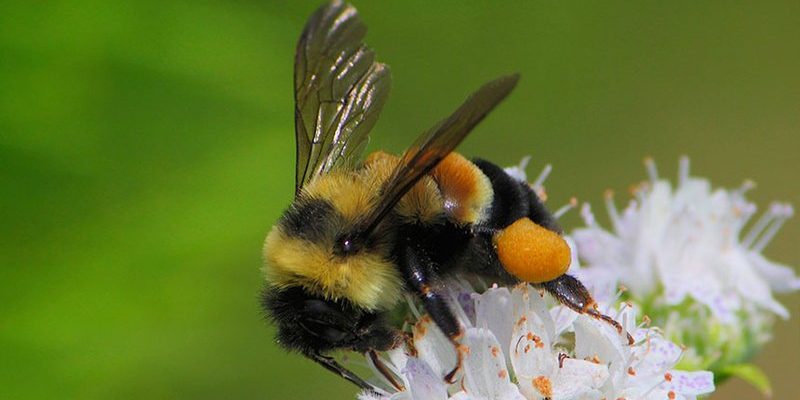
Imagine trying to find your favorite coffee shop in a city that’s constantly changing—new roads, unexpected detours, and shifting landmarks. That’s what bumblebees are facing with climate change. As temperatures rise and weather becomes more unpredictable, their habitats, food sources, and even their lifecycles are being disrupted. It’s not just a headache for the bumblebees; it’s a problem for our entire environment since they’re vital for pollinating many plants, including many that we rely on for food. Let’s dive into how climate change is affecting these little helpers and what it means for us.
How Climate Change Affects Bumblebee Habitats
Bumblebees are particularly sensitive to changes in temperature and habitat. As the climate warms, their natural habitats are shifting. Areas that used to be ideal for bumblebees may no longer provide the right conditions. You might wonder, “What does that really mean?” Basically, as temperatures rise, bumblebees may have to move to find cooler places or more abundant food sources.
One significant change is the alteration of blooming seasons. Plants that bumblebees rely on for nectar may bloom earlier or later than usual. If a bee arrives at a flower that’s not yet in bloom because of climate changes, it could mean fewer meals for them. And with their instincts tuned to specific seasonal cues, this mismatch can be disastrous.
The availability of suitable habitats like meadows and grasslands is also declining due to urban development and agriculture. Bumblebees need these spaces for nesting and foraging. The loss of these habitats, combined with climate pressures, creates a double whammy that makes it even harder for bumblebee populations to thrive.
Temperature Extremes and Bumblebee Behavior
Bumblebees are cold-blooded creatures, which means their internal body temperature is affected by the environment. Typically, they function best within a certain temperature range. When temperatures go beyond this range—especially if they become excessively hot or cold—it can seriously impact their behavior.
For instance, during heatwaves, bumblebees may become less active. They might struggle to forage for food, which directly affects their energy levels and ability to reproduce. Think of them like a car that overheats; if they can’t cool down, they’ll break down.
On the flip side, unseasonably cold temperatures can also be problematic. Bumblebees become sluggish in cold weather, which can delay their emergence from hibernation or affect their ability to gather food. This disruption can lead to fewer bumblebees surviving through the critical spring and summer months when they’re needed most.
Food Supply Disruptions for Bumblebees
The relationship between bumblebees and the plants they pollinate is a delicate dance. Unfortunately, climate change is throwing off the rhythm of this dance. As I mentioned before, many flowering plants are blooming earlier because of warmer temperatures. This can create a mismatch with the bumblebee’s lifecycle.
Imagine you’re trying to eat breakfast but the food you love is only available at dinnertime. Frustrating, right? Bumblebees face a similar situation. If they wake up to find their food source gone or not fully developed, they’re in trouble. This *food supply disruption* can lead to malnutrition, weakened colonies, and lower reproduction rates.
Additionally, invasive species can thrive when the climate changes, outcompeting native plants that bumblebees depend on. This competition can push bumblebees further into a corner, reducing their available food sources even more. Without enough nutrition, bumblebee populations can dwindle.
Effects on Bumblebee Lifecycles
Understanding the lifecycle of a bumblebee can help shed light on how climate change impacts them. Typically, bumblebees have a seasonal lifecycle that includes the queen, workers, and new queens. Each stage of their life is closely tied to temperature and available resources.
When climate change alters the timing of seasonal events, it can disrupt this lifecycle. For example, if the queen emerges too early because of a warmer spring, she may not find sufficient food for her first brood. If the timing is off, it can lead to fewer workers and ultimately fewer new queens. This disruption can have a cascading effect on future generations.
Moreover, changes in environmental factors can affect the survival rate of bumblebee larvae. High temperatures or unexpected cold snaps during critical growth periods can lead to higher mortality rates among the young bees. Ultimately, all these shifts can threaten the survival of bumblebee populations.
The Ripple Effects on Ecosystems
Bumblebees aren’t just important for their own survival; they play a critical role in our ecosystems. Their decline has significant implications, not just for the bees themselves but for many plants and animals that depend on them for pollination.
By pollinating various flowers, bumblebees help maintain biodiversity. This supports a healthy ecosystem, which in turn supports other species, including us humans. For example, many of the fruits and vegetables we eat rely on pollination—apples, blueberries, and tomatoes, to name a few.
When bumblebee populations decline, we might see a ripple effect. Less pollination can lead to reduced crop yields, which could affect food supply and prices. In a way, the effects of climate change on bumblebees could come back to haunt us in the grocery store aisle!
What Can Be Done to Help Bumblebees?
There are several practical steps we can take to support bumblebee populations and help mitigate the effects of climate change. Here are a few ideas:
- Create Bee-Friendly Gardens: Plant native flowers that bloom at different times throughout the season. This ensures bumblebees have food available when they need it.
- Avoid Pesticides: Reduce or eliminate pesticide use in your gardening and landscaping practices to protect bumblebee health.
- Support Local Farmers: Buy organic and local produce whenever possible. Sustainable farming practices often promote healthier environments for bumblebees.
- Educate Others: Spread awareness about the importance of bumblebees and the challenges they face. The more people know, the more action can be taken.
Every little bit helps! When communities come together to create pollinator gardens or advocate for sustainable farming, it can make a significant difference in bumblebee populations.
Bumblebees are more than just friendly garden visitors; they are crucial players in our ecosystem. Climate change is putting these vital pollinators in a tight spot, affecting everything from their habitats and food supply to their lifecycles. As they face increasing challenges, our role in supporting them becomes even more important.
By understanding the impact of climate change on bumblebees, we can take meaningful steps to create environments where they can thrive. Together, we can help ensure that the buzz of bumblebees continues to fill our gardens for years to come. Let’s be the change, support our ecosystem, and protect these incredible creatures that do so much for us.

